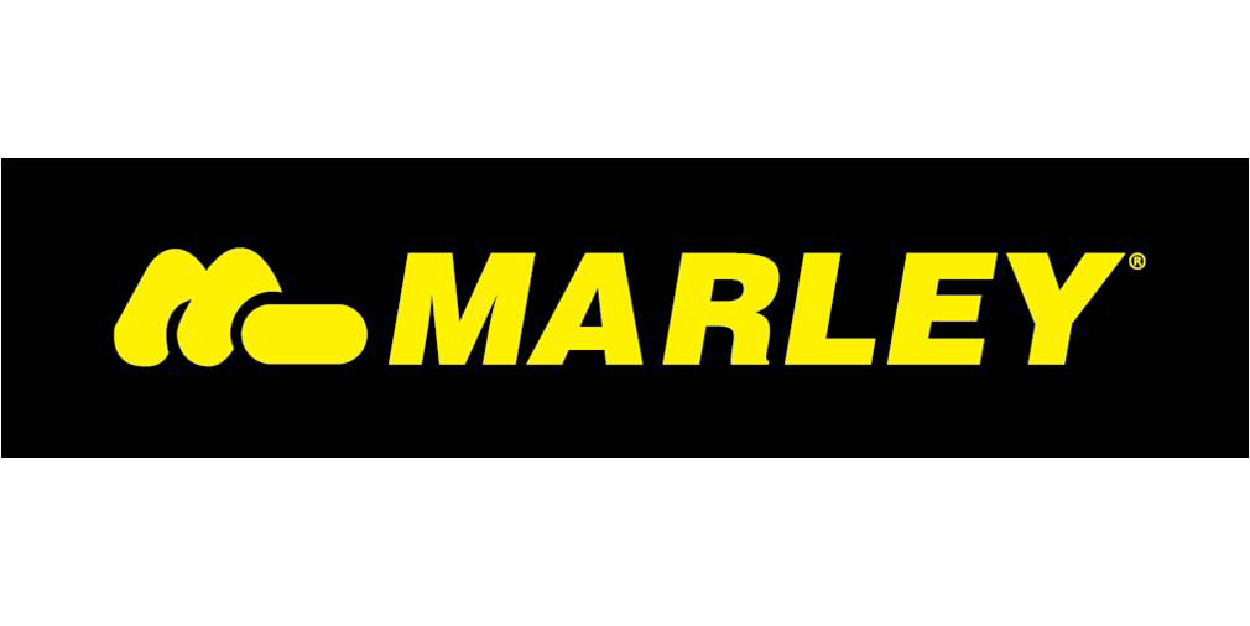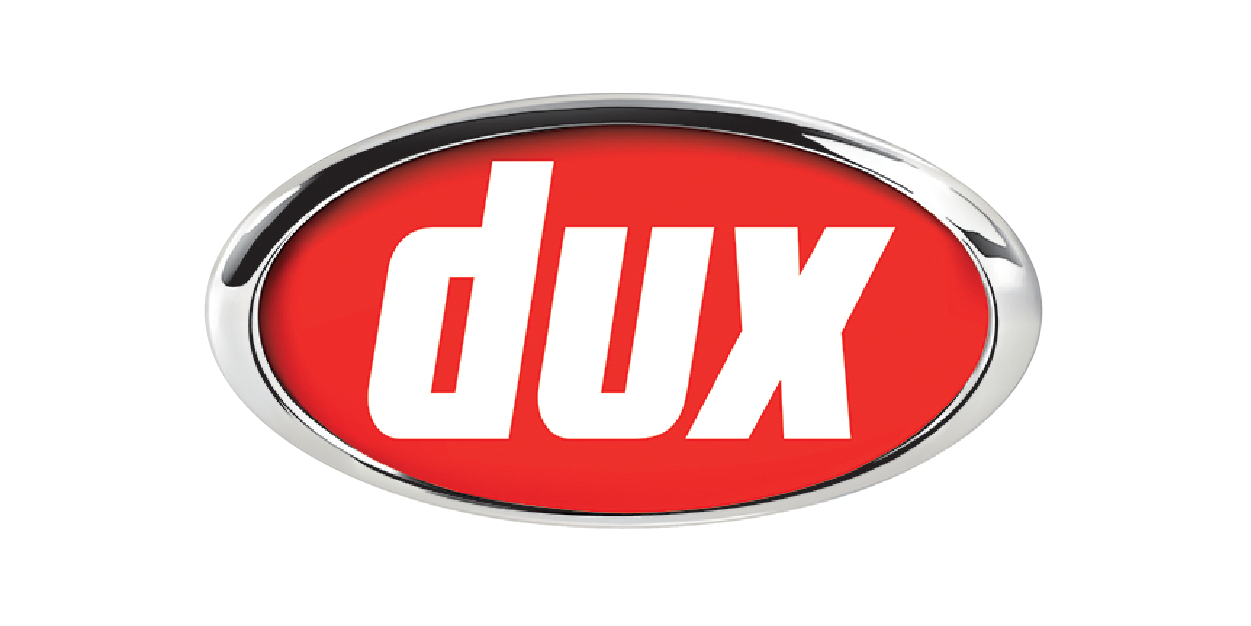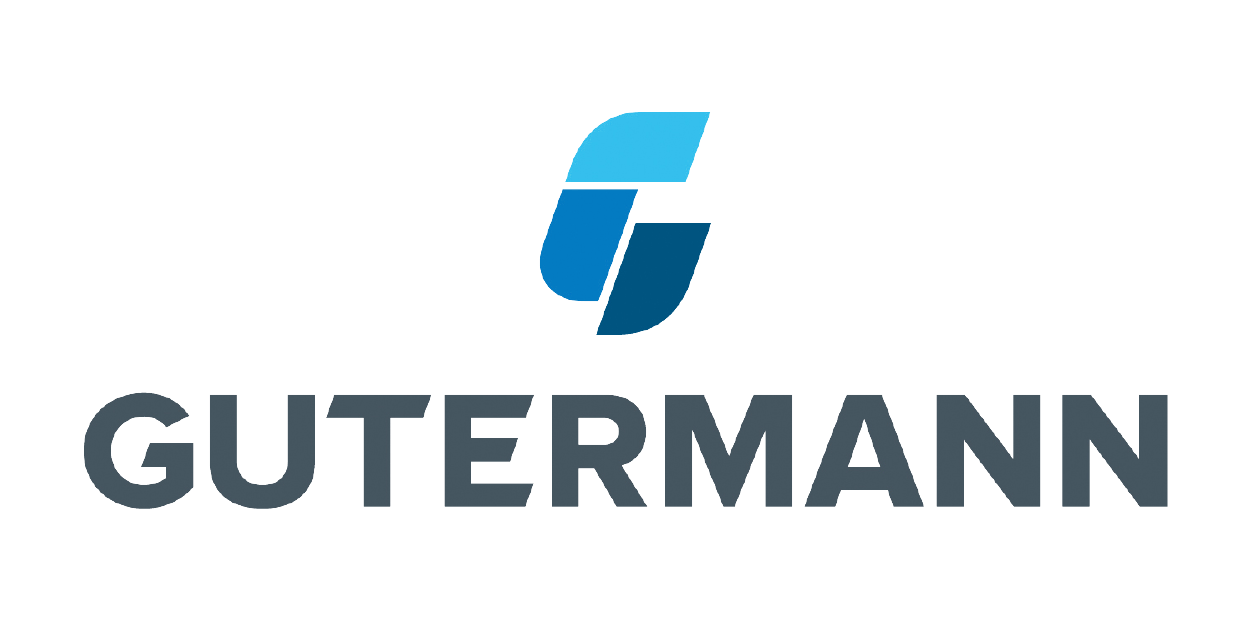
Call Today 09 973 4973 or
Infrared thermography, also known as thermal imaging, is a non-invasive leak detection method that leverages the power of infrared technology to identify temperature differences caused by leaks in a system. This technology has been increasingly used in various fields, including energy efficiency audits, electrical system inspections, and building diagnostics. In the context of leak detection, infrared thermography can reveal hidden leaks by detecting the thermal anomalies they cause.
Basics of Infrared Thermography
Infrared thermography works by detecting and visualizing the infrared radiation emitted by all objects. This radiation is directly linked to an object’s temperature – the higher the temperature, the more radiation it emits. A thermal imaging camera captures this radiation and converts it into a digital image that represents the temperature distribution across the object’s surface. In the case of leak detection, the temperature difference between the leaking fluid (be it water, gas, or air) and the surrounding environment appears as a thermal anomaly on the thermal image, indicating the presence and location of the leak.
How Infrared Thermography Detects Leaks
When a leak occurs, the leaking fluid often has a different temperature than the surrounding materials. For example, a water leak from a hot water pipe or an underground pipe can cause a local increase in temperature, while a gas leak from a refrigeration system can cause a local decrease in temperature. These temperature differences can be detected by a thermal imaging camera.
Furthermore, leaks can also cause secondary thermal effects. For example, a water leak can cause evaporation, which cools the surrounding area, while a gas leak can cause condensation, which warms the surrounding area. These thermal effects can also be detected by a thermal imaging camera, providing additional clues to the presence and location of leaks.
However, it’s important to note that not all leaks cause visible thermal anomalies. The ability of infrared thermography to detect a leak depends on various factors, such as the temperature difference between the leaking fluid and the surrounding environment, the properties of the leaking fluid and the surrounding materials, and the environmental conditions. For this reason, infrared thermography is often used in conjunction with other leak detection methods to increase detection accuracy and reliability.
Advantages and Limitations of Infrared Thermography
One of the main advantages of infrared thermography is its non-invasive and non-contact nature. It allows for the inspection of large areas and hard-to-reach places without the need for physical access. This not only saves time and effort but also minimizes disruption and potential damage to the inspected areas.
Infrared thermography is also a real-time method. It provides immediate visual feedback, enabling quick identification and localization of leaks. This can be particularly useful in emergency situations where time is of the essence.
Furthermore, infrared thermography is a versatile method. It can be used to detect different types of leaks, such as water leaks, gas leaks, and air leaks, in various systems and structures, including plumbing systems, HVAC systems, building envelopes, and industrial equipment.
Despite these advantages, infrared thermography also has some limitations. It requires a clear line of sight to the inspected area and may not detect leaks hidden behind certain materials that are opaque to infrared radiation, such as metal and thick insulation. It’s also sensitive to environmental conditions, such as sunlight, wind, and temperature fluctuations, which can affect the thermal contrast and create false positives or negatives. Therefore, it’s crucial to interpret the thermal images with care and expertise to avoid misdiagnosis.
The Future of Infrared Thermography in Leak Detection
With advancements in infrared technology and data analysis, the capabilities and applications of infrared thermography in leak detection continue to expand. Modern thermal imaging cameras are becoming more sensitive and accurate, enabling the detection of smaller and more subtle thermal anomalies. Meanwhile, artificial intelligence and machine learning techniques are being developed to automate the analysis of thermal images and identify patterns that might be difficult for a human to discern. This not only speeds up the inspection process but also reduces the risk of human error.
Drone technology is increasingly being combined with infrared thermography to inspect large or hard-to-reach areas from the air. These drones equipped with thermal imaging cameras can quickly scan a wide area and provide a bird’s-eye view of the thermal anomalies, making it easier to pinpoint the source of leaks.
While infrared thermography is already a powerful tool in leak detection, these advancements promise to make it even more effective and efficient in the future.
Case Studies of Infrared Thermography in Leak Detection
Infrared thermography has proven its value in numerous leak detection applications. Here are a few examples:
- In a large commercial building, an infrared thermographic survey revealed a series of thermal anomalies on the roof, indicating possible water leaks. Further investigation confirmed the presence of leaks, which were then repaired to prevent further damage to the roof structure and interior spaces.
- In a district heating system, infrared thermography was used to locate leaks in the underground pipes. The thermal images showed a clear thermal pattern along the pipe route, with hot spots indicating the locations of leaks. This enabled the operators to fix the leaks promptly and avoid unnecessary energy loss and disruption to the service.
- In a natural gas distribution network, infrared thermography was used to detect and quantify methane leaks. The thermal images visualized the gas plumes and provided information about their size and shape, which was used to estimate the leak rates. This helped the utility company to prioritize the repairs and reduce the emissions.
These case studies demonstrate how infrared thermography can provide valuable insights into the condition of systems and structures and guide the leak detection and repair efforts.
Infrared thermography is a powerful tool in leak detection. It provides a non-invasive, real-time, and versatile method to detect and locate leaks, helping to prevent damage, conserve resources, and ensure safety. As technology advances, its capabilities and applications continue to expand, promising an even brighter future for infrared thermography in leak detection. Whether you’re a property owner, a facility manager, or a leak detection professional, understanding and leveraging this technology can be a significant advantage in your leak management strategy.
Suppliers




